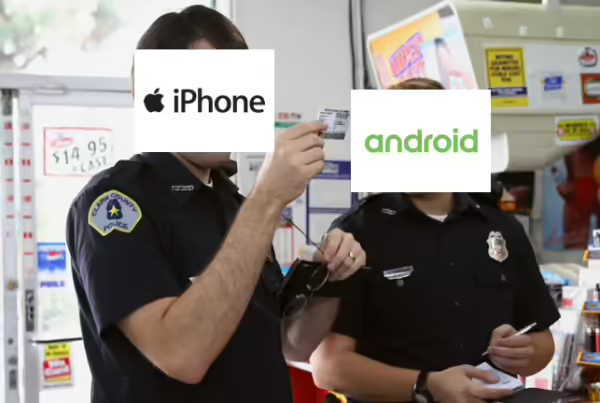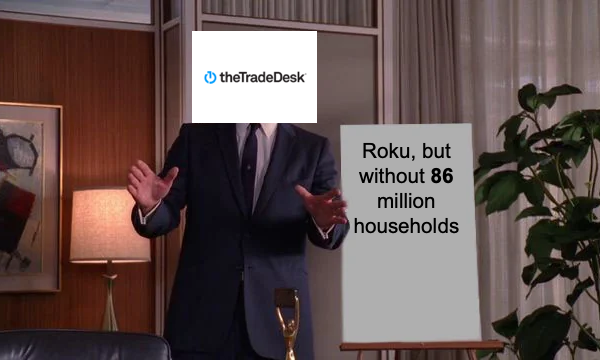
YoY change in pay-TV subscribers:
1) Traditional pay-TV – ↓ 5.9M
2) Streaming pay-TV – ↑ 2.1M
3) Total pay-TV – ↓ 3.8M
Total pay-TV subscriptions (YoY growth):
1) 2018 – 91.8M
2) 2019 – 88.6M (↓ 4%)
3) 2020 – 84.8M (↓ 4%)
Traditional pay-TV subscriptions (YoY growth):
1) 2018 – 85.1M
2) 2019 – 79.5M (↓ 7%)
3) 2020 – 73.6M (↓ 7%)
Streaming pay-TV subscriptions (YoY growth):
1) 2018 – 6.7M
2) 2019 – 9.0M (↑ 35%)
3) 2020 – 11.2M (↑ 24%)
Big question: What is driving the acceleration in cord-cutting?
Three waves of disruption for the pay-TV ecosystem, according to Matthew Ball:
1) Wave #1 (2007 – 2015) – Pay-TV is getting better but too expensive. Better value substitutes emerge
2) Wave #2 (2015 – 2019) – Pay-TV is still getting better, plus cheaper. Better value substitutes getting better
3) Wave #3 (2019 – Present) – Pay-TV is getting worse and more expensive. Suppliers focused on better value substitutes
Interesting: ANTENNA shows streaming-pay-TV sign-ups by month for each service.




